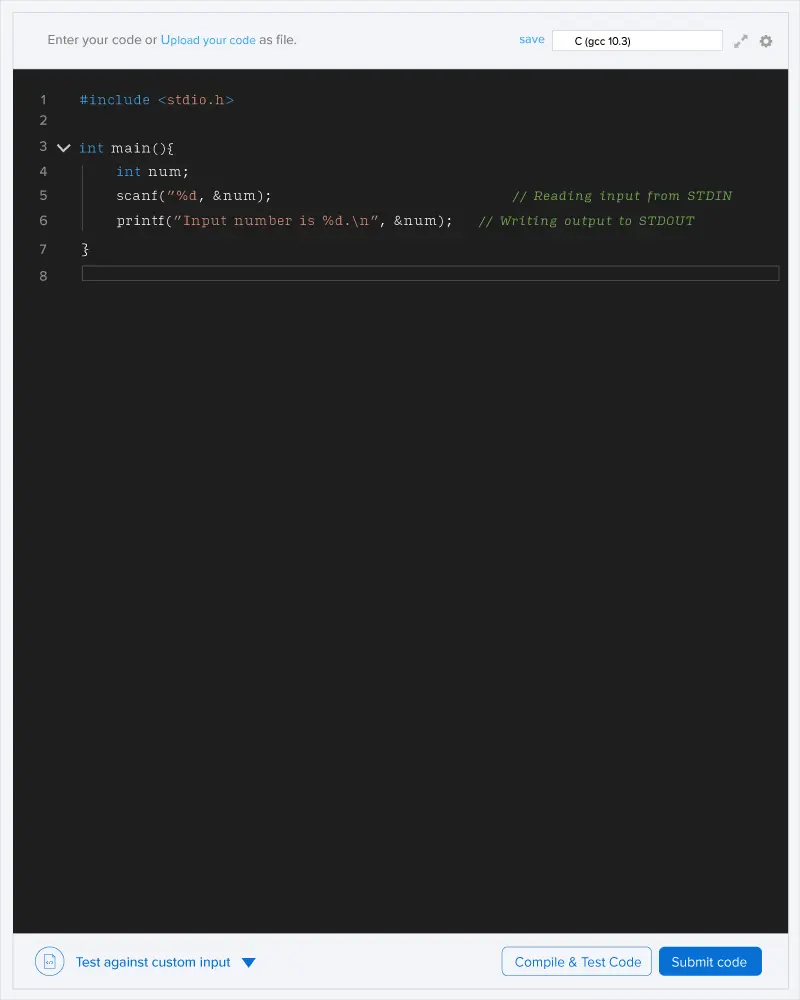There are stalls in a vegetable market that are selling vegetables. You have to buy an equal amount of vegetables from each stall. If a stall does not have enough vegetables to offer, then you have to buy all the vegetables available in that stall. If you are given the number of vegetables that every stall can offer, determine the minimum quantity that you need to buy from each stall such that you have at least vegetables in total.
Input format
- First line: Integer denoting the number of stalls
- Next line: space-separated integers and denoting the integer which determines the quantity of vegetables that stall would be offering
- Next line: Integer denoting the number of queries
- Next lines: Integer denoting the minimum amount of vegetables needed in total
Output format
- For each query, print the minimum quantity of vegetables that you have to buy from each shop in a new line. Print if it is not possible to buy the required number of vegetables.
Constraints
Query 1: By taking vegetables from every stall, we get . If we take vegetables, we would get .
Query 2: By taking from each stall, we get .
Query 4: Even if we take all from every shop, we would have . Hence the answer is .

